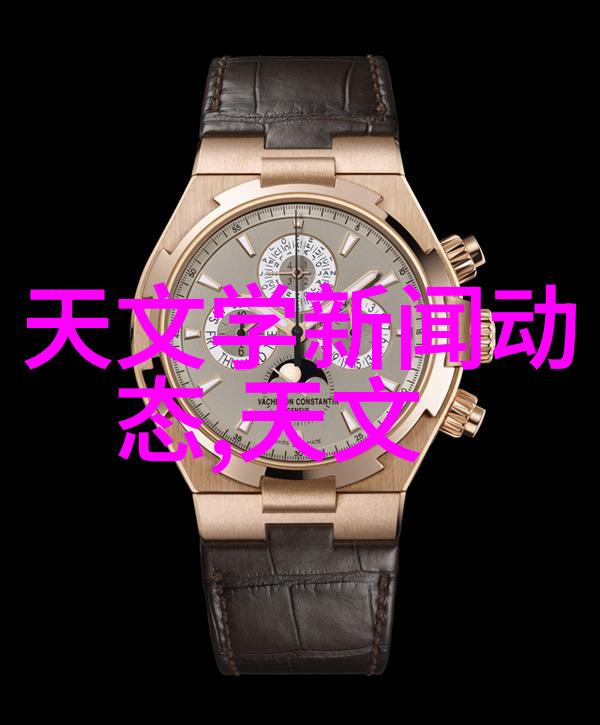概述
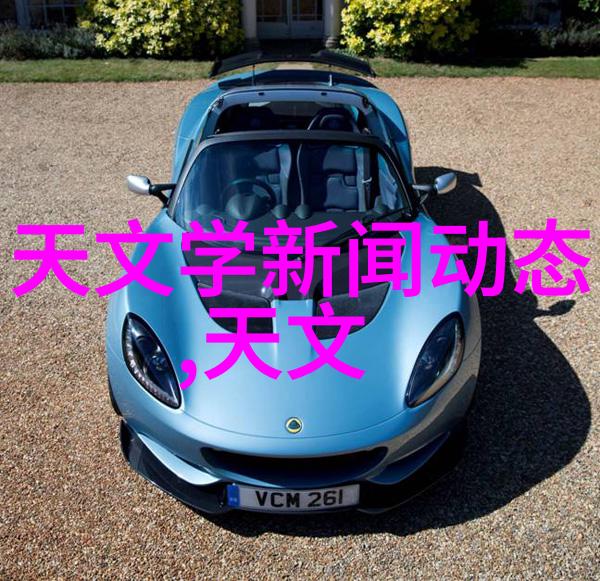
membrane separation technology, also known as membrane filtration, has become a crucial tool in various industrial processes and daily life applications. The fundamental principle of this technology is based on the selective permeability of semi-permeable membranes, which allow certain substances to pass through while rejecting others.
工作原理
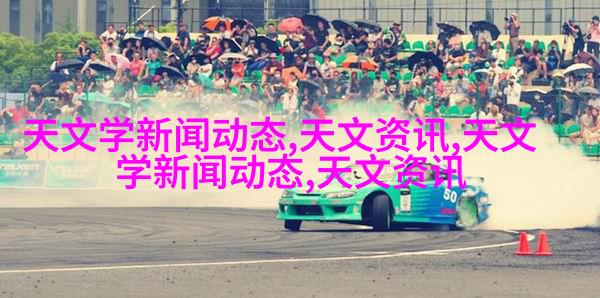
Semi-permeable membranes have tiny pores that restrict the passage of larger particles or molecules, allowing only smaller ones to pass through. This phenomenon is governed by the principles of diffusion and osmosis. When a solution with higher concentration comes into contact with one side of the membrane, it creates an osmotic pressure gradient that drives water molecules from high to low concentration areas.
应用领域
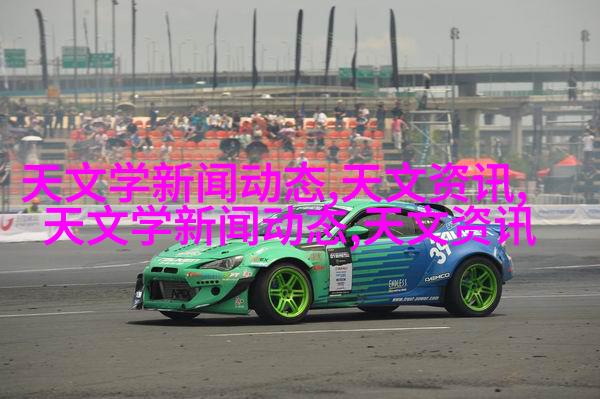
Membrane separation technology has found its way into numerous industries such as chemical processing, pharmaceuticals, food and beverage production, wastewater treatment and even biotechnology research laboratories.
节能环保优势

In terms of energy efficiency and environmental impact, membrane separation outperforms traditional methods like distillation or evaporation due to lower energy requirements for operation at moderate temperatures without phase transitions.
未来发展趋势
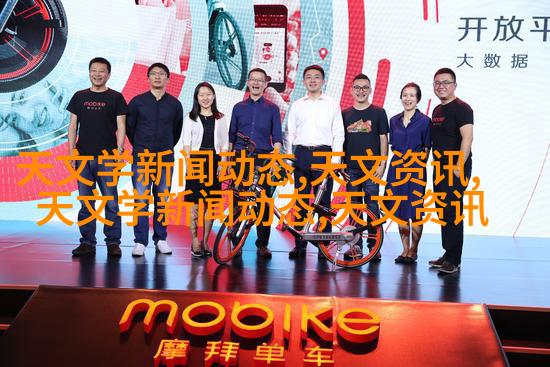
Future trends in membrane science include advancements in material design for improved selectivity and durability as well as scaling up manufacturing processes to meet increasing global demand for clean technologies contributing towards sustainable development goals (SDGs).

